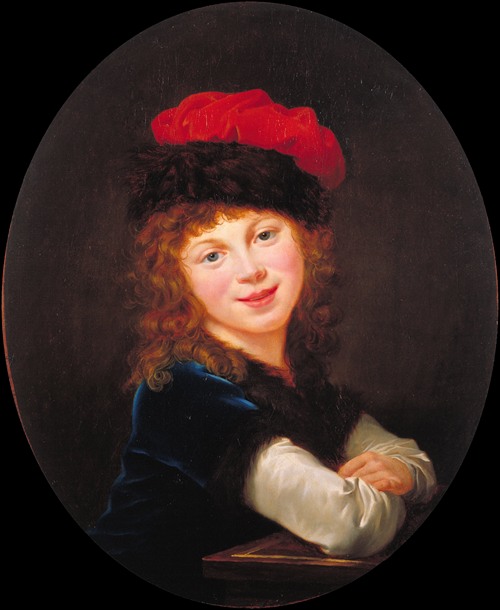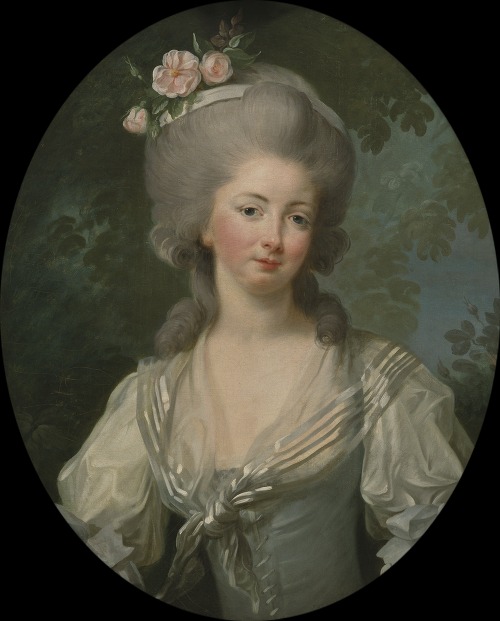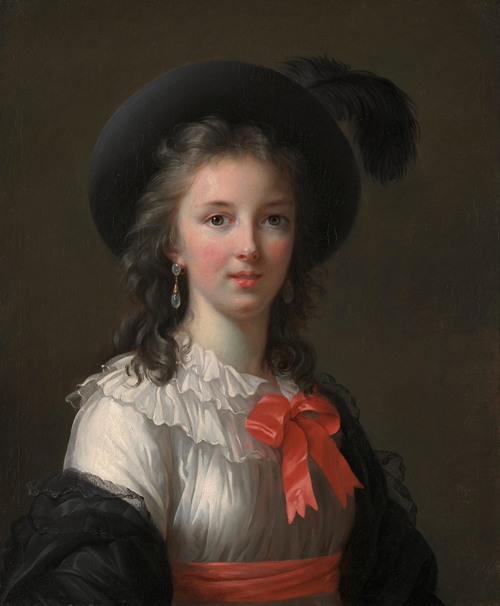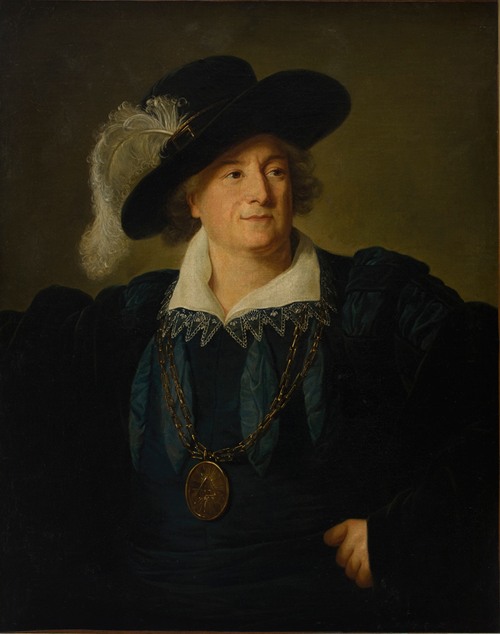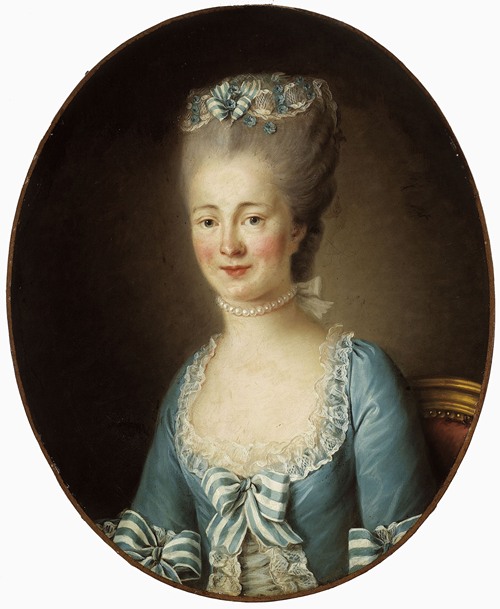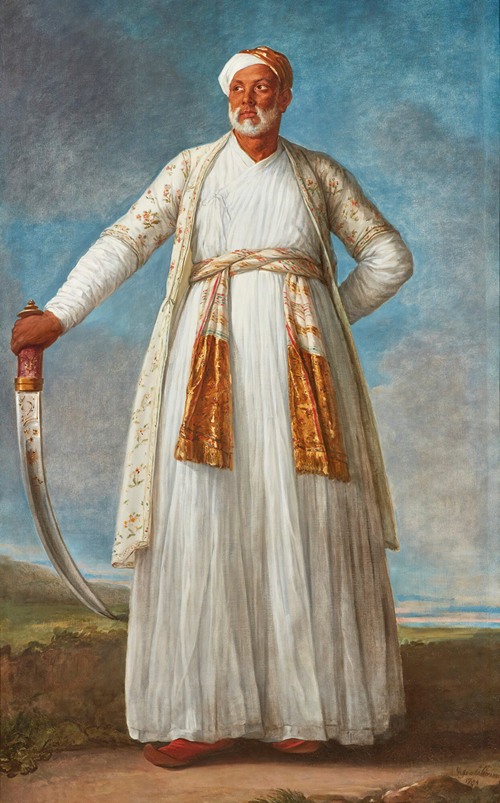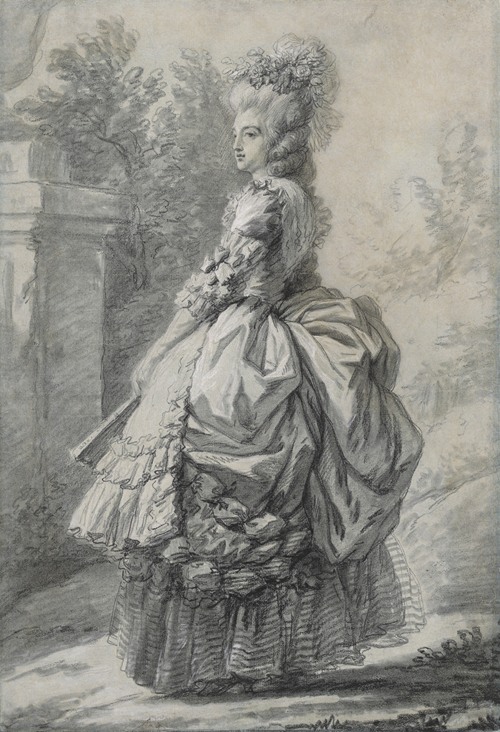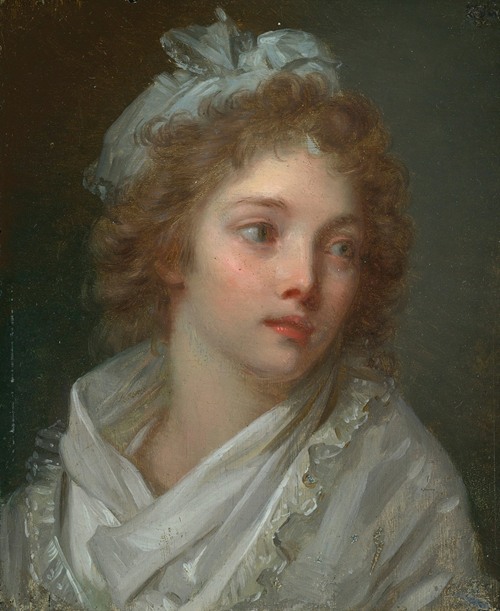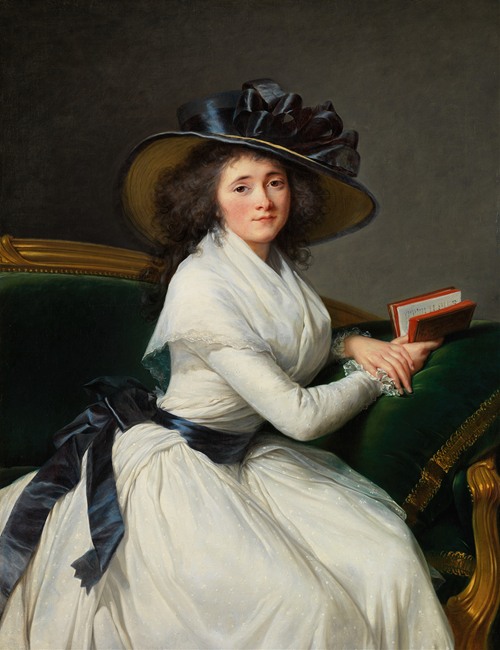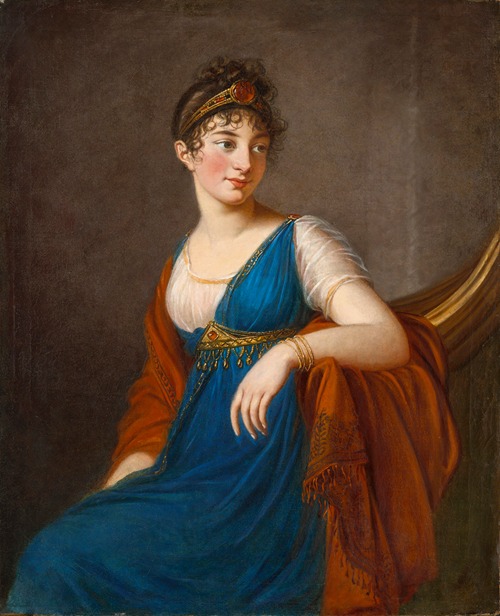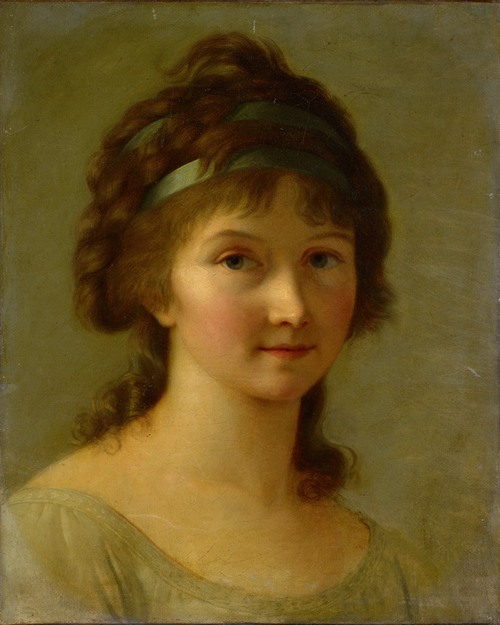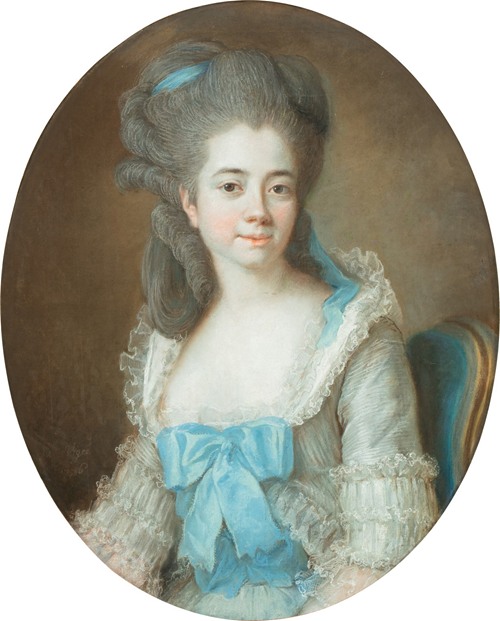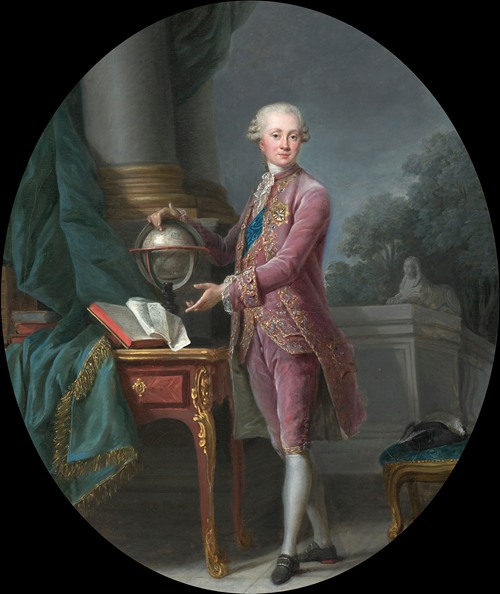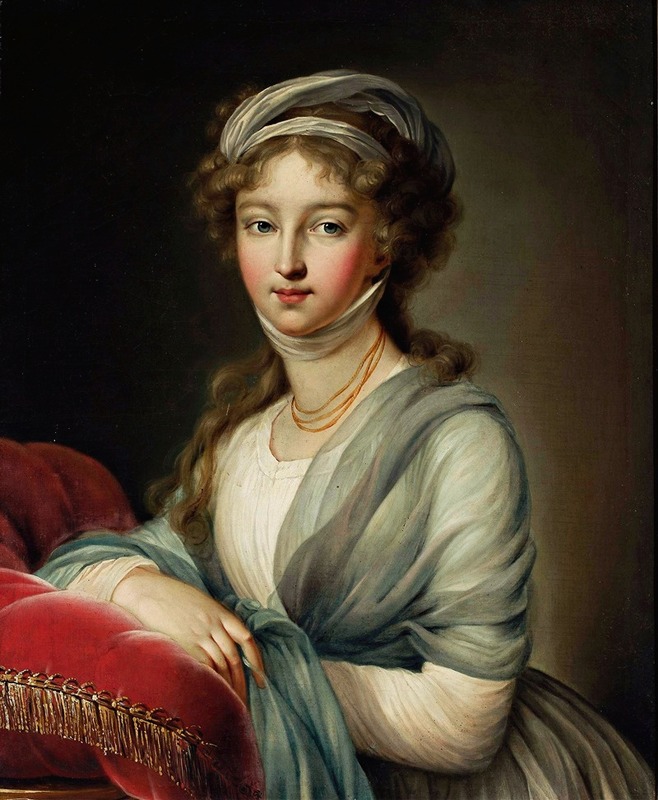
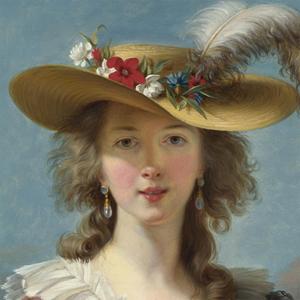
Élisabeth Louise Vigée Le Brun, also known as Louise Élisabeth Vigée Le Brun or simply as Madame Le Brun, was a French painter who mostly specialized in portrait painting, in the late 18th and early 19th centuries.
Her artistic style is generally considered part of the aftermath of Rococo with elements of an adopted Neoclassical style. Her subject matter and color palette can be classified as Rococo, but her style is aligned with the emergence of Neoclassicism. Vigée Le Brun created a name for herself in Ancien Régime society by serving as the portrait painter to Marie Antoinette. She enjoyed the patronage of European aristocrats, actors, and writers, and was elected to art academies in ten cities. Some famous contemporary artists, such as Joshua Reynolds, viewed her as one of the greatest portraitists of her time, comparing her with the old Dutch masters.
Vigée Le Brun created 660 portraits and 200 landscapes. In addition to many works in private collections, her paintings are owned by major museums, such as the Louvre in Paris, Hermitage Museum in Saint Petersburg, National Gallery in London, Metropolitan Museum of Art in New York, and many other collections in Europe and the United States. Her personal habitus was characterized by a high sensitivity to sound, sight and smell. Between 1835 and 1837, when Vigée Le Brun was in her eighties, with the help of her nieces Caroline Rivière and Eugénie Tripier Le Franc, she published her memoirs in three volumes (Souvenirs), some of which are in epistolary format. They also contain many pen portraits as well as advice for young portraitists.
